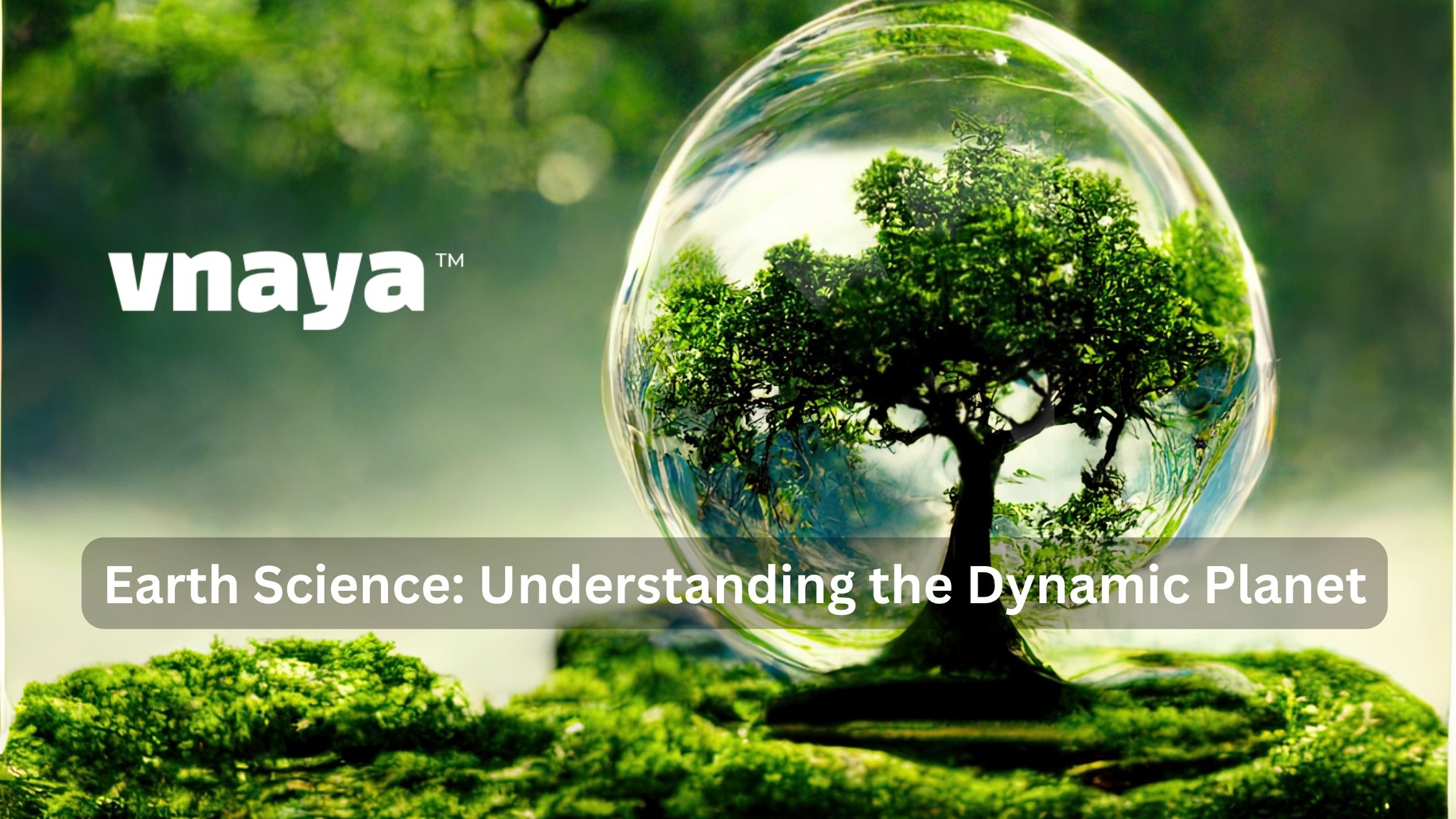Blog | Apr 18, 2023
Earth Science: Understanding the Dynamic Planet

Did you know earth science is an extensive field that encloses the breakdown of the planet we call home? From its surface traits and geology to the atmospheric states and oceans, Earth science helps us comprehend the fiery nature of our residence. It is an integrative field that incorporates eclectic components of science to devise a wide wisdom of Earth's physical and chemical methodologies. In this blog post, we will probe some of the key elements of Earth science and more.
The Earth's Structure
The Earth is an intricate and vibrant planet with a layered design. The farthermost coating is the crust, which is divided into continental and marine crusts. The mantle fibs underneath the crust and is made up of molten rock and minerals. The core is the prominent part of the planet and is divided into internal and external cores. The internal core is substantial, while the exterior core is fluid.
The Earth's structure plays a vital role in shaping its bodily and chemical methodologies. The activity of tectonic plates, for example, is liable for producing quakes and volcanic explosions. The crustal scales move gradually over time, driving against each other and building pressure. This pressure is removed abruptly when the plates slip, generating earthquakes. Likewise, when magma ascends from the mantle to the surface, it can outcome in a volcanic detonation.
Geology and Plate Tectonics
Geology is the analysis of the Earth's bodily structure, design, and yore. It recreates a vital role in comprehending the approaches that shape our earth's texture, including the construction of cliffs, valleys, and additional geological attributes. Plate tectonics, a subfield of geology, defines the activity of the Earth's crustal plates and the geological circumstances that outcome from this activity.
The thesis of plate tectonics describes how the Earth's crust is divided into several enormous plates that move gradually over time. These platings interact with each other along their edges, leading to the development of new geological elements such as mountain ranges, trenches, and volcanic islands. Plate tectonics furthermore describes the event of earthquakes and volcanic eruptions. Quakes transpire when two plates drive against each other, producing tension that is released abruptly, while volcanic explosions happen when magma climbs from the mantle and reaches the Earth's shell.
The Atmosphere and Climate
The Earth's surroundings are a coating of gases that encircles the planet. It recreates an integral role in handling the planet's temperature, guarding it against toxic radiation, and supplying the air we respire. The atmosphere is split into numerous layers, individually with remarkable properties.
The study of Earth's environment and surroundings is paramount for comprehending the Earth's environmental requirements and anticipating differences in the future. Climate transformation, for example, is an influential international challenge that is impacting the planet's ecosystems, climate patterns, and ocean levels. By exploring the environment and atmosphere, scientists can devise benchmarks that foreshadow how the Earth's atmosphere will transform over time and devise approaches to mitigate its consequences.
The Oceans and Marine Life
Did you know the Earth's oceans cover more than 70% of its surface and are essential for supporting life on the planet? They recreate a vital role in restraining the earth's climate, keeping carbon dioxide, and supplying food and resources for humans and additional organisms. The analysis of the oceans, likewise comprehended as oceanography, entangles the analysis of the physical, chemical, and biological properties of seawater, and the aquatic life that occupies it.
Marine biology is a subfield of oceanography that concentrates on the study of aquatic organisms, their behavior, and their dealings with their habitat. It recreates a crucial role in comprehending the Earth's ecosystems and biodiversity, and the consequences of mortal movements such as fishing, pollution, and environmental transformation on aquatic life.
Apart from this, you can know more about Earth science and its different concepts from an online science tutor, as online tutoring is more flexible, adaptable, cozy, and comfortable. With just an internet connection, you can learn different concepts of Earth from an online tutor.
To sum up, Earth science is an ample and alluring area that enables us to comprehend the planet where we live. It encloses diverse fields, including geology, plate tectonics, atmospheric science, and oceanography, all of which work jointly to create exhaustive wisdom of Earth's physical and chemical processes.
The study of Earth science is paramount for managing international challenges such as environmental change, natural catastrophes, and environmental degradation. By comprehending how the Earth functions, scientists can design techniques to mitigate the influences of these challenges and create a sustainable tomorrow for the planet and its residents.
As we resume probing the secrets of our engaged world, the significance of Earth science will solely persist to grow. By investing in investigation and education in this field, we can open new insights and keys that will benefit not solely the Earth but furthermore our entire society.
















Post a Comment: